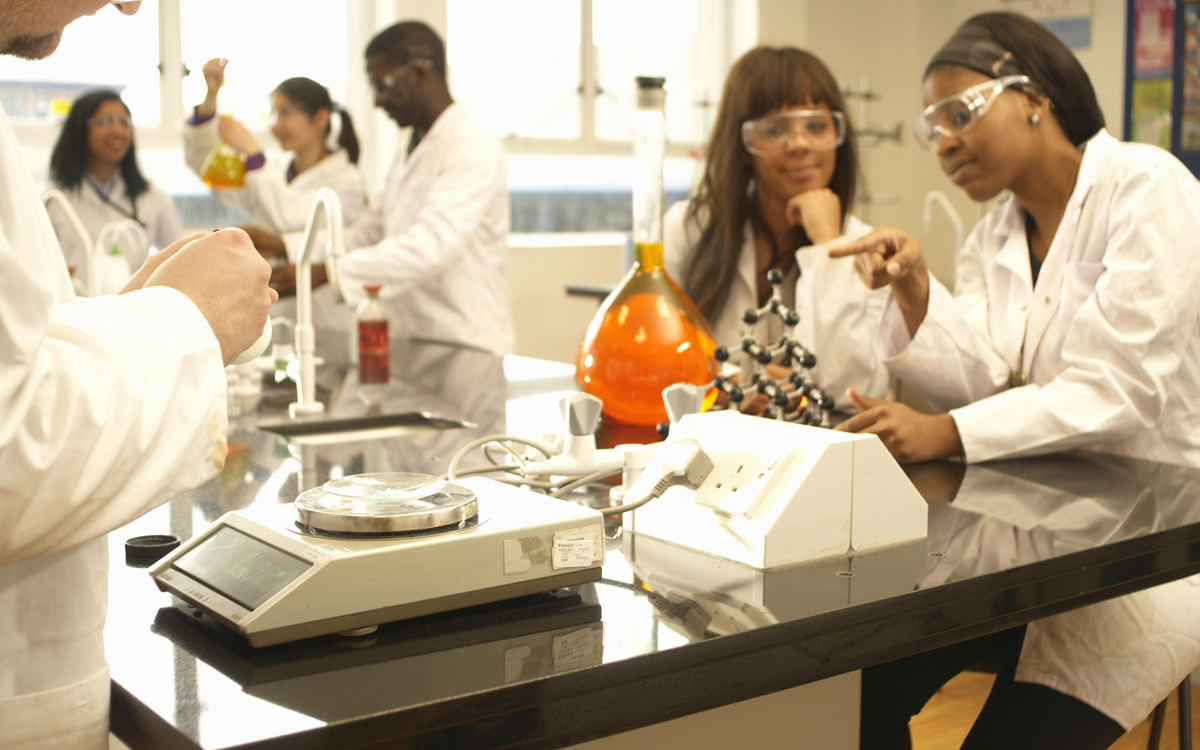
Physics has played a crucial role in helping us to understand natural phenomena and biological processes throughout history. Physics research and innovation have produced some of our most important technological advances ranging from weather forecasting to vital drug developments, and new discoveries continue to drive forward our quest for solutions to global challenges.
However, physics as a discipline has not advanced at an equal pace around the globe. In sub-Saharan Africa (SSA), physics research faces major challenges including gaps in human capital, infrastructural deficits, weaker support systems for innovation and barriers to international collaboration. These factors have limited the advancement of scientific solutions in SSA, and in turn reduced the contributions of the SSA physics community to developmental priorities.
Despite these challenges, in recent decades the shifting landscapes of higher education and policy have produced vibrant research communities with enormous growth potential across the continent. Harnessing this momentum and empowering the SSA physics community to translate science into practice has the potential to position physics as an agent for development.
However, a preliminary analysis carried out by the Institute of Physics (IOP) in 2019 found that of over 4,000 relevant projects across SSA, only a small proportion (5.5%) involved physics. In response to this, the UK Department for Business, Energy and Industrial Strategy (BEIS) funded a study to investigate current challenges and identify strategic opportunities for intervention.
The study, carried out by the Association of Commonwealth Universities (ACU) and IOP, created an evidence base for a potential multi-year programme to improve physics training, research, infrastructure and collaboration in nine countries in SSA (Ethiopia, Ghana, Kenya, Malawi, Nigeria, Rwanda, South Africa, Tanzania and Uganda).
The research used survey responses from 50 universities and research facilities, combined with focus groups and interviews with 24 physics experts from across the countries in scope. It found that support for a few key factors could make a big difference to the physics base and drive locally-led physics innovation, especially in the fields of energy, climate and weather, and health. This in turn would contribute to sustainable development goals.
The key areas for intervention were identified as:
- Gender inclusivity
- Training and education
- Academic and staff capacity
- Innovation and commercialisation
- Collaboration and networks.
The research also identified big data/artificial intelligence and large-scale facilities as important enabling factors to support research in SSA.
A range of interventions would help to strengthen capacity across these areas, such as:
- Providing funding and support for physics education from basic education through to university;
- Encouraging students, particularly young women and girls, to pursue physics by clarifying career opportunities, raising awareness about the importance of physics, and promoting the value of academia;
- Granting financial support for post-graduate students;
- Developing R&D infrastructure and strengthening commercialisation support systems through enhanced academia-industry ties and increased placements and opportunities for consultation work;
- Engaging governments on the need to have more academic staff, and to appoint research-only staff in universities;
- Addressing gender-based cultural stereotypes and workplace harassment to reduce barriers for women in physics;
- Improving access to large-scale research facilities and building multilateral Centres of Excellence, particularly in the field of health and medical physics;
- Enhancing opportunities to establish new bilateral and multilateral research collaborations and to strengthen existing networks.
The report concludes that a stronger physics base and increased capacity to innovate in the fields of energy, climate and health would make a significant contribution to the sustainable development goals, as well as supporting the development of solutions to key global challenges such as climate change.
Meriel Flint-OKane, Head of Programmes at the ACU said: “Physics has the potential to significantly deepen our understanding and experience of the world, from mitigating climate change to developing new medical technologies. It’s clear from this study that investment in sub-Saharan Africa to strengthen the capacity of universities, develop equitable partnerships, and encourage students – particularly girls and women – to pursue physics as a career, could advance vital innovation that would help us achieve the sustainable development goals.”
Rachel Youngman, Deputy Chief Executive of the IOP, said: “To tackle the great global challenges we need to collaborate internationally, and this study shows the potential for African countries to play a major role in driving forward technological innovation. Capacity-strengthening work in a few key areas could create the conditions for physics to thrive in sub-Saharan Africa. This is every bit as relevant for the UK as it is for Africa, because of the huge untapped opportunities for collaboration and partnership.”
IOP and ACU would like to see a programme developed to implement the capacity-strengthening activities described in the report. Integrating the full range of recommendations from the report in future programmes will strengthen the foundation for the SSA physics community to produce world-class physics research and innovation and contribute to developmental priorities.
